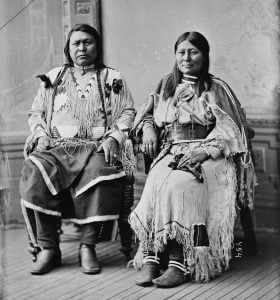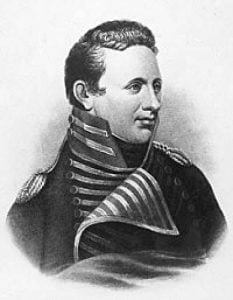History of Washington, Idaho and Montana
Bancroft’s extensive work on the history of the Northwest Coast meticulously chronicles the development of the region encompassing Washington, Idaho, and Montana up until 1846, marking the end of the fur company era and the resolution of territorial boundaries between Great Britain and the United States. His writings provide a comprehensive account of how these regions evolved from being parts of Oregon into separate territories, detailing the intricate relationships and historical overlaps among them. Bancroft’s approach includes a broad spectrum of sources such as printed materials, public documents, newspapers, and firsthand accounts from early settlers and prominent figures, ensuring a thorough narrative of the region’s historical landscape. This article aims to present the interconnected histories of these territories, emphasizing their significance in the broader context of North American history.




